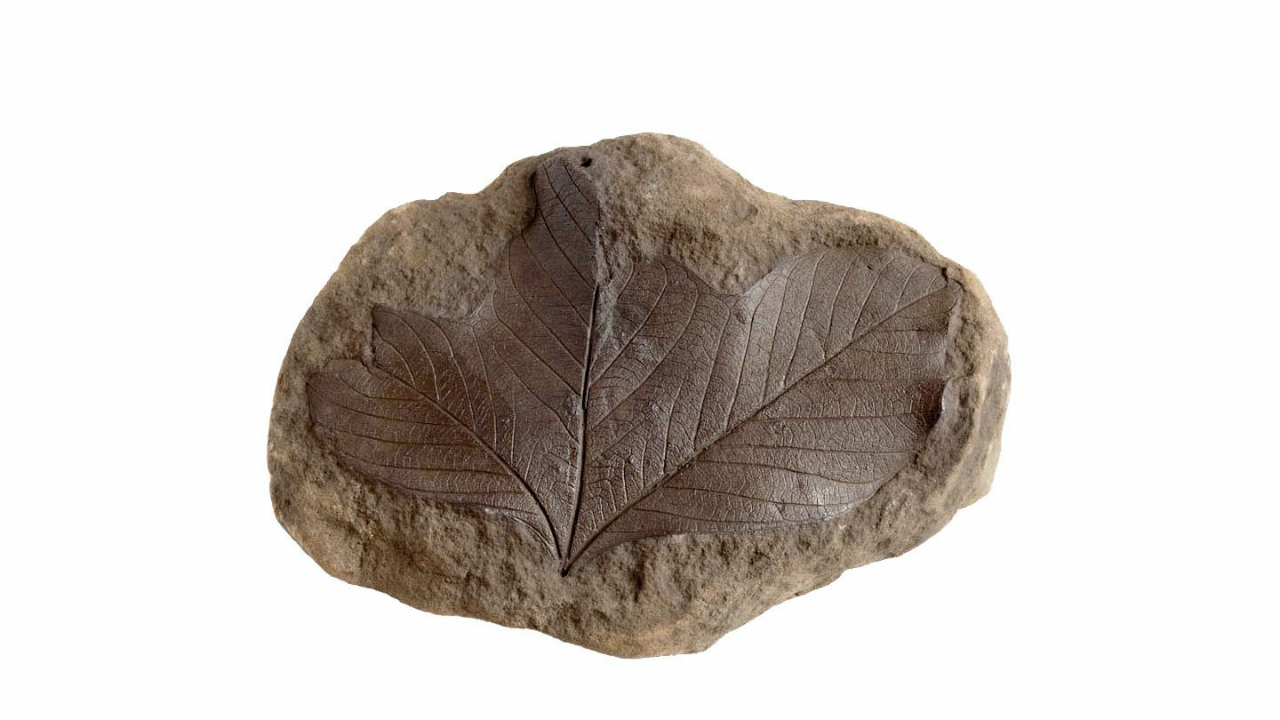HIERARCHY OF MOLECULAR ORGANISATION
Hierarchy of molecular organisation
All biomolecules derived from very simple low-molecular-weight precursor like CO2,H2O, atmospheric nitrogen.... Organisms convert these precursor to complex building block biomolecules through a series of metabolic intermediates of progressively increasing molecular size and complexity. They link covalently to make micro molecules such as amino acids to proteins monosaccharides to polysaccharides... Soon this high molecular weight macromolecules assembles with each other to form supramolecular complexes such as lipoproteins(lipid + proteins ) glycoproteins (sugar+proteins )glycolipids (sugar + lipids)..
These are not bonded with covalent bonding they stick together through week non-covalent forces like hydrogen bonding ionic bonding hydrophobic interactions Van der Waals force of interaction, these bondings are stable and very specific. Soon this supramolecular complexes are further assembles into cell organelles such as nucleus mitochondria and chloroplast endoplasmic reticulum.. this organisation is also done by non covalent interactions at last they form a cell to function as one.
Function of each biomolecules is different
nucleic acids are the universal informational carrying molecules they transfer generation to generation.
Proteins have two functions they carry the information coded from the genes and also as a very important structural component.
Polysaccharides serves as energy in the form of starch for metabolic functions and extracellular structural elements by cellulose.
Lipids have two major roles structural component of membrane and as a storage form of energy rich fuel.
If we categorise the four biomolecules into two groups nucleic acids and proteins are informational macromolecules they have specific information carrying sequences in the former in the form of mononucleotides and later amino acids. On the other hand polysaccharides and lipids are non-informational macromolecules they are simply polymers of simple monomeric units.






Comments
Post a Comment